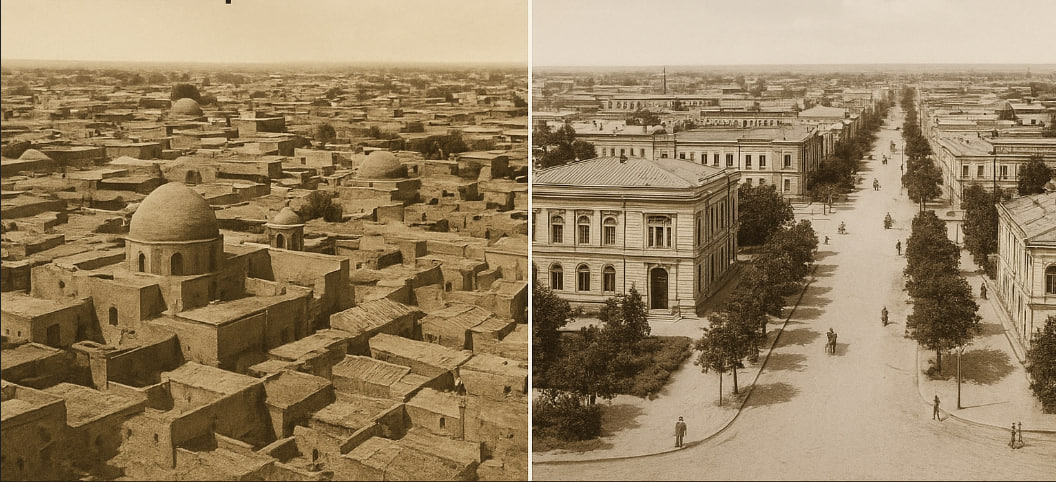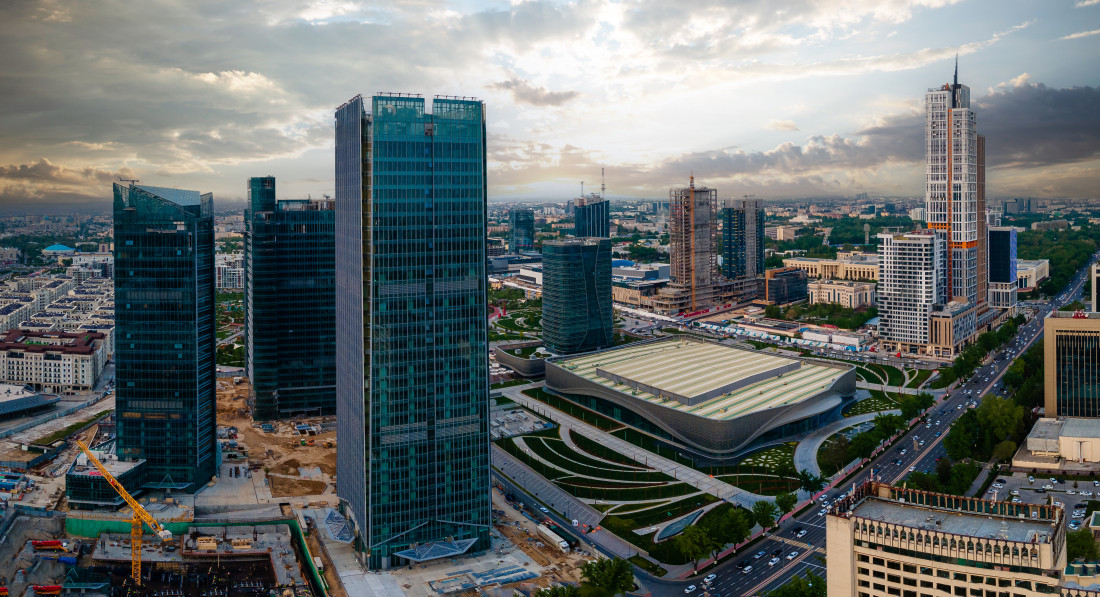From Chach to a modern city: echoes of centuries and a new renaissance
Tashkent — the Heart of Central Asia for millennia. Tashkent has long stood as the heart of Central Asia. It has endured many trials and rebirths, with each era leaving its mark. Today, it is entering a new stage as a city that harmoniously blends history and modern development.

Early sources: Chach, Shash, Tashkent
The earliest references to Tashkent date back to the 2nd century BCE. In Eastern and Chinese chronicles, the oasis was mentioned as Yuni, within the Kangyuy state. Later, Persian sources referred to it as Chach, Arab writings as Shash, while in Turkic languages the name “Tashkent” became established. The 11th-century scholars al-Biruni and Mahmud al-Kashgari commented on these terms, and from the 17th century onwards “Tashkent” became the dominant name.
Irrigation and the source of life: Chirchiq - Ohangaron
The fertile waters of the region sustained the earliest urban life. Around the Chirchiq and Ohangaron rivers, traditional irrigation systems emerged, supporting horticulture and agriculture. Since ancient times, canals such as Anhor and Bo‘zsu served as the “invisible lifelines” of the city’s infrastructure.
Archaeology: the first layers of urban development
Archaeological sites around Tashkent — such as Shoshtepa, Mingurik, and Qanqa show that as early as the 3rd millennium BCE, settlements, crafts, and urban culture flourished here. These finds attest to Tashkent’s uninterrupted historical evolution.
The capital of Chach and the Islamic Era
Although the Arab conquests of the 8th century devastated the region, by the 9th–10th centuries the city revived and became a center of knowledge and trade. Arab geographers described the capital of Chach, Binkat, as a “prosperous, densely populated city”. In the Islamic era, mosques, madrasas, markets, and caravanserais defined its urban identity.
The Timurids and Shaybanids: spiritual landmarks
In the time of Amir Temur, Tashkent became a strategic stronghold, with fortified walls and gates. Under the Shaybanids, the city gained a spiritual character: the Hazrati Imam (Hastimom) complex, the mausoleum of Shaykh Khavand Tahur, the Barak Khan and Kukaldosh madrasas were built. For centuries, these institutions remained centers of learning, enlightenment, and moral guidance.
By the 19th century, Tashkent (known as the Old City) was divided into four quarters: Shaykhantohur, Sebzor, Kukcha, and Beshyog‘och. Neighborhoods and mosques became hubs of social life, while the Chorsu bazaar served as the “beating heart” of economic and cultural vibrancy. The opening of trade routes with Russia further strengthened the city’s regional economic significance.

Imperial era and dual identity: Old city and New city
After 1865, Tashkent became the center of the Turkestan Governor-Generalship. Alongside oriental architecture, a European-style New City (Yangishahar) was built, with straight streets, administrative buildings, gardens, and modern infrastructure. Tashkent acquired a “dual identity” — a harmony of tradition and modernity.
The 20th century: trials and renewal
The 20th century ushered in a new stage in industry, culture, science, and architecture. After the mid-century earthquake, large-scale reconstruction gave the city a new architectural and infrastructural face in a short time. Tashkent emerged as one of the leading ideological, industrial, and cultural centers of Central Asia.

Today: Tashkent’s history in exhibition
In the exhibition of the Center of Islamic Civilization in Uzbekistan, being built on the initiative of President Shavkat Mirziyoyev, Tashkent’s civilization across different eras will be presented through interactive methods. Key themes include:
✔️ The evolution of the name “Tashkent” and stages of urban formation
✔️ Irrigation systems and urban economy
✔️ The culture of the Binkat–Shash era, manuscripts, and numismatic finds
✔️ Architectural heritage of the Timurids and Shaybanids
✔️ The phenomenon of the old city and new city, Chorsu, and urban quarters
✔️ Reconstruction in the 20th century and transformation into a modern metropolis
Conclusion
Tashkent is a city that has seen both hardship and prosperity, yet has always risen stronger. Its history reflects the cultural, spiritual, and economic power of the region an inexhaustible source of inspiration. Today’s Tashkent draws strength from this heritage as it steps into a new era of development.
Durdona Rasulova
P/S: This article may be used by citing the official website of the Center.
Most read

Over 100 experts from more than 20 countries of the world are in Tashkent!

President of Serbia Aleksandar Vučić visited the Islamic Civilization Center in Uzbekistan

The Center for Islamic Civilization – a global platform leading towards enlightenment











